HSBC 2002 Annual Report Download - page 35
Download and view the complete annual report
Please find page 35 of the 2002 HSBC annual report below. You can navigate through the pages in the report by either clicking on the pages listed below, or by using the keyword search tool below to find specific information within the annual report.-
 1
1 -
 2
2 -
 3
3 -
 4
4 -
 5
5 -
 6
6 -
 7
7 -
 8
8 -
 9
9 -
 10
10 -
 11
11 -
 12
12 -
 13
13 -
 14
14 -
 15
15 -
 16
16 -
 17
17 -
 18
18 -
 19
19 -
 20
20 -
 21
21 -
 22
22 -
 23
23 -
 24
24 -
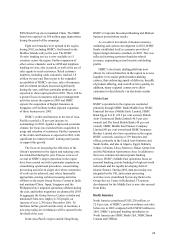 25
25 -
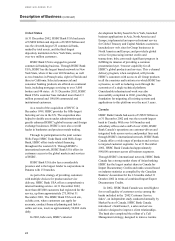 26
26 -
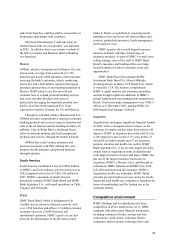 27
27 -
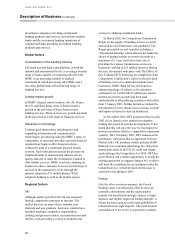 28
28 -
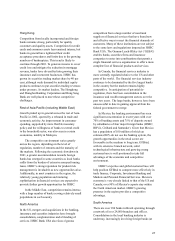 29
29 -
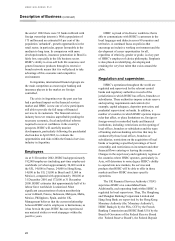 30
30 -
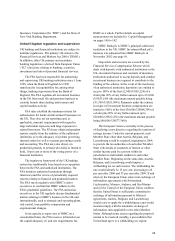 31
31 -
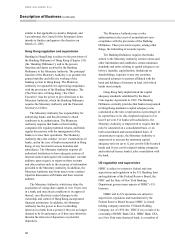 32
32 -
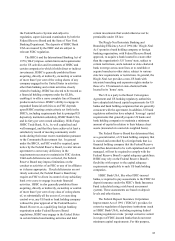 33
33 -
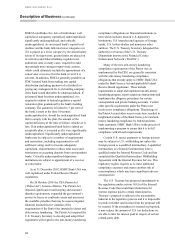 34
34 -
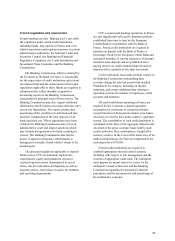 35
35 -
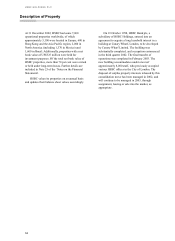 36
36 -
 37
37 -
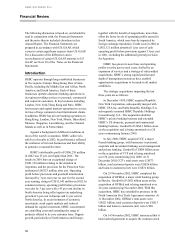 38
38 -
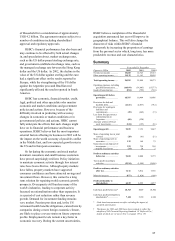 39
39 -
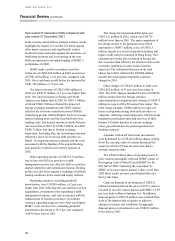 40
40 -
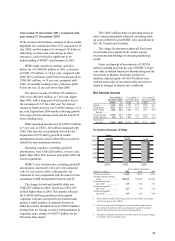 41
41 -
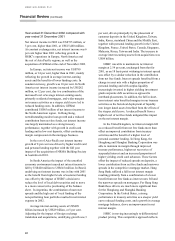 42
42 -
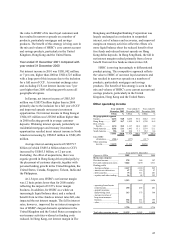 43
43 -
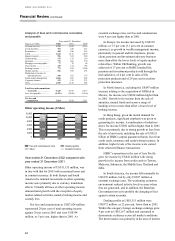 44
44 -
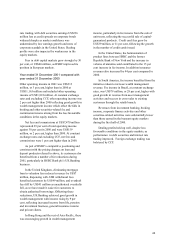 45
45 -
 46
46 -
 47
47 -
 48
48 -
 49
49 -
 50
50 -
 51
51 -
 52
52 -
 53
53 -
 54
54 -
 55
55 -
 56
56 -
 57
57 -
 58
58 -
 59
59 -
 60
60 -
 61
61 -
 62
62 -
 63
63 -
 64
64 -
 65
65 -
 66
66 -
 67
67 -
 68
68 -
 69
69 -
 70
70 -
 71
71 -
 72
72 -
 73
73 -
 74
74 -
 75
75 -
 76
76 -
 77
77 -
 78
78 -
 79
79 -
 80
80 -
 81
81 -
 82
82 -
 83
83 -
 84
84 -
 85
85 -
 86
86 -
 87
87 -
 88
88 -
 89
89 -
 90
90 -
 91
91 -
 92
92 -
 93
93 -
 94
94 -
 95
95 -
 96
96 -
 97
97 -
 98
98 -
 99
99 -
 100
100 -
 101
101 -
 102
102 -
 103
103 -
 104
104 -
 105
105 -
 106
106 -
 107
107 -
 108
108 -
 109
109 -
 110
110 -
 111
111 -
 112
112 -
 113
113 -
 114
114 -
 115
115 -
 116
116 -
 117
117 -
 118
118 -
 119
119 -
 120
120 -
 121
121 -
 122
122 -
 123
123 -
 124
124 -
 125
125 -
 126
126 -
 127
127 -
 128
128 -
 129
129 -
 130
130 -
 131
131 -
 132
132 -
 133
133 -
 134
134 -
 135
135 -
 136
136 -
 137
137 -
 138
138 -
 139
139 -
 140
140 -
 141
141 -
 142
142 -
 143
143 -
 144
144 -
 145
145 -
 146
146 -
 147
147 -
 148
148 -
 149
149 -
 150
150 -
 151
151 -
 152
152 -
 153
153 -
 154
154 -
 155
155 -
 156
156 -
 157
157 -
 158
158 -
 159
159 -
 160
160 -
 161
161 -
 162
162 -
 163
163 -
 164
164 -
 165
165 -
 166
166 -
 167
167 -
 168
168 -
 169
169 -
 170
170 -
 171
171 -
 172
172 -
 173
173 -
 174
174 -
 175
175 -
 176
176 -
 177
177 -
 178
178 -
 179
179 -
 180
180 -
 181
181 -
 182
182 -
 183
183 -
 184
184 -
 185
185 -
 186
186 -
 187
187 -
 188
188 -
 189
189 -
 190
190 -
 191
191 -
 192
192 -
 193
193 -
 194
194 -
 195
195 -
 196
196 -
 197
197 -
 198
198 -
 199
199 -
 200
200 -
 201
201 -
 202
202 -
 203
203 -
 204
204 -
 205
205 -
 206
206 -
 207
207 -
 208
208 -
 209
209 -
 210
210 -
 211
211 -
 212
212 -
 213
213 -
 214
214 -
 215
215 -
 216
216 -
 217
217 -
 218
218 -
 219
219 -
 220
220 -
 221
221 -
 222
222 -
 223
223 -
 224
224 -
 225
225 -
 226
226 -
 227
227 -
 228
228 -
 229
229 -
 230
230 -
 231
231 -
 232
232 -
 233
233 -
 234
234 -
 235
235 -
 236
236 -
 237
237 -
 238
238 -
 239
239 -
 240
240 -
 241
241 -
 242
242 -
 243
243 -
 244
244 -
 245
245 -
 246
246 -
 247
247 -
 248
248 -
 249
249 -
 250
250 -
 251
251 -
 252
252 -
 253
253 -
 254
254 -
 255
255 -
 256
256 -
 257
257 -
 258
258 -
 259
259 -
 260
260 -
 261
261 -
 262
262 -
 263
263 -
 264
264 -
 265
265 -
 266
266 -
 267
267 -
 268
268 -
 269
269 -
 270
270 -
 271
271 -
 272
272 -
 273
273 -
 274
274 -
 275
275 -
 276
276 -
 277
277 -
 278
278 -
 279
279 -
 280
280 -
 281
281 -
 282
282 -
 283
283 -
 284
284 -
 285
285 -
 286
286 -
 287
287 -
 288
288 -
 289
289 -
 290
290 -
 291
291 -
 292
292 -
 293
293 -
 294
294 -
 295
295 -
 296
296 -
 297
297 -
 298
298 -
 299
299 -
 300
300 -
 301
301 -
 302
302 -
 303
303 -
 304
304 -
 305
305 -
 306
306 -
 307
307 -
 308
308 -
 309
309 -
 310
310 -
 311
311 -
 312
312 -
 313
313 -
 314
314 -
 315
315 -
 316
316 -
 317
317 -
 318
318 -
 319
319 -
 320
320 -
 321
321 -
 322
322 -
 323
323 -
 324
324 -
 325
325 -
 326
326 -
 327
327 -
 328
328 -
 329
329
 |
 |
33
French regulation and supervision
French banking law (the ‘Banking Law’ ) sets forth
the conditions under which credit institutions,
including banks, may operate in France and vests
related supervisory and regulatory powers in certain
administrative authorities: the National Credit and
Securities Council, the Banking and Financial
Regulatory Committee, the Credit Institutions and
Investment Firms Committee and the Banking
Commission.
The Banking Commission, which is chaired by
the Governor of the Bank of France, is responsible
for the supervision of credit institutions and certain
investment firms and the enforcement of laws and
regulations applicable to them. Banks are required to
submit periodic (either monthly or quarterly)
accounting reports to the Banking Commission
concerning the principal areas of their activity. The
Banking Commission may also request additional
information which it deems necessary and may carry
out on-site inspections. The reports permit close
monitoring of the condition of each bank and also
facilitate computation of the total deposits of all
banks and their use. Where regulations have been
violated, the Banking Commission may act as an
administrative court and impose sanctions which
may include deregistration of a bank, resulting in
closure. The Banking Commission also has the
power to appoint a temporary administrator to
manage provisionally a bank which it deems to be
mismanaged.
The principal regulations applicable to deposit
banks such as CCF are minimum capital ratio
requirements, equity and permanent resources
(certain long-term assets denominated in euros)
ratios, risk diversification and liquidity, as well as
monetary policy, restrictions on equity investments
and reporting requirements.
CCF’s commercial banking operations in France
are also significantly affected by monetary policies
established from time to time by the European
Central Bank in coordination with the Bank of
France. French credit institutions are required to
maintain on deposit with the Bank of France a
percentage, fixed by the European Central Bank and
calculated monthly, of various categories of demand
and short-term deposits and are prohibited from
paying interest on certain demand deposits and on
deposits with a maturity of less than one month.
Credit institutions must make periodic reports to
the Banking Commission summarising their
activities during the relevant period with detailed
breakdowns by category, including an income
statement, and certain additional data relating to
operations such as the number of employees, client
accounts and branches.
All credit institutions operating in France are
required by law to operate a deposit guarantee
mechanism for customers of commercial banks,
except branches of European Economic Area banks
which are covered by their home country’s guarantee
system. The contribution of each credit institution is
calculated on the basis of the aggregate deposits and
one-third of the gross customer loans held by such
credit institution. This contribution is weighted by
solvency criteria. In the event of the insolvency of an
authorised institution, the limit on compensation for
each depositor is €70,000.
French credit institutions are required to
establish appropriate internal control systems,
including with respect to risk management and the
creation of appropriate audit trails. The institution
must prepare an annual report for review by the
institution’s board of directors and the Banking
Commission regarding the institution’ s internal
procedures and the measurement and monitoring of
the institution’s exposure.
